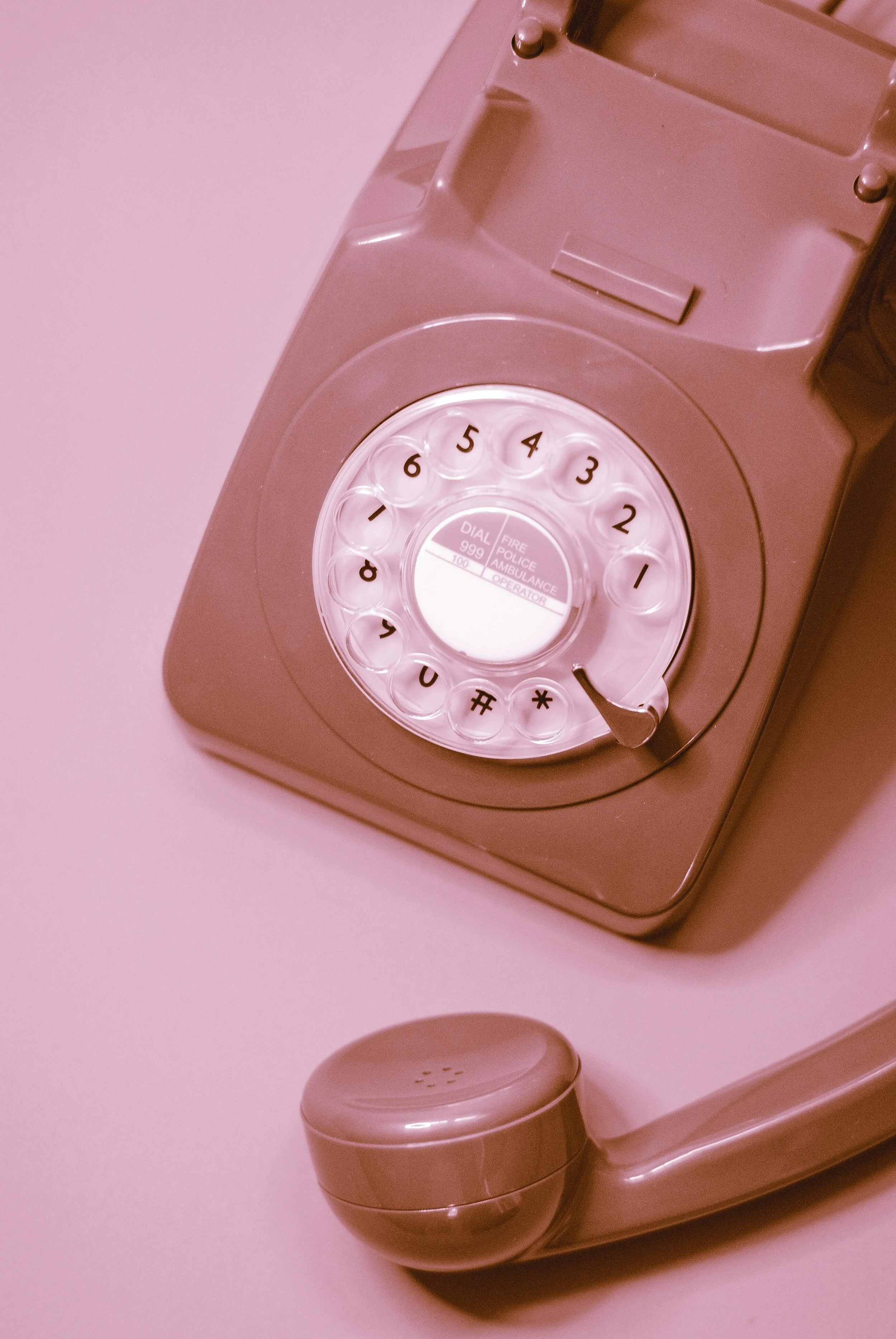Implant Insertion & replacement
At Vitalis Health, we can:
Insert a new implant for the first time
Remove and replace your old contraceptive implant and;
Remove your contraceptive implant
before your implant insertion or replacement
Our insertion and replacement services require an initial pre-procedure telephone appointment.
This is required to ensure that the implant is suitable for you and that you wish to proceed.
We will talk through what to expect during the procedure
Along with discussing the benefits and drawbacks of the implant to ensure you can make an informed decision.
Dr Anita Maini can recommend alternative contraception to the implant if required.
Following the initial appointment, we can arrange the appointment for your procedure at our city centre clinic (for which there is an additional fee).
Contraceptive Implant Initial Appointment
£105
Implant insertion
At Vitalis Health, our experienced doctor can insert your implant. The cost of the implant is included in the cost of the appointment.
Some women may have been able to obtain a prescription for implant from their NHS GP in which case we will deduct £115 from the total cost.
This implant insertion usually takes 20 minutes.
Cost of implant insertion + Implant
Price £250 (if implant supplied by us)
Implant Replacement
During this appointment, the doctor will remove your implant and replace it with a new one via the same small incision in the skin.
The cost of the implant is included in the appointment fee.
The implant replacement usually takes 40 minutes.
See below for full details of the procedure.
Cost of implant removal +replacement +implant
Price £380
Who will put in or remove my implant?
These services are offered by Dr Anita Maini who has a specialist interest in Women’s health.
We have created a relaxing environment within our medical clinic in which to have these procedures performed.
Our clinic room is bright and airy and we have soft music playing during the procedures.
You are welcome to bring someone with you for support if needed.
THE PROCESS - How is a contraceptive implant inserted?
A contraceptive implant is a small, flexible rod that is inserted under the skin of a woman's upper arm to provide long-term birth control. Here's a general overview of how a contraceptive implant is inserted by a doctor:
1. Consultation: Before getting the implant, you will have a consultation with the doctor, usually by phone or video consultation. During this appointment, you can discuss your birth control options, potential side effects, and any concerns you may have. The doctor will confirm that the implant is a suitable choice for you.
2. Scheduling the insertion: If you and your doctor decide that the implant is the right choice, you'll schedule an appointment for the insertion procedure. It's essential to ensure that you're not pregnant at the time of insertion.
3. Pre-insertion preparations: On the day of the insertion, the doctor will first review your medical history and perform a physical examination. They will also discuss the procedure with you once again and answer any last-minute questions.
4. Anesthesia: Local anesthesia is typically used to numb the area on your upper arm where the implant will be inserted. This numbing agent helps reduce any pain or discomfort during the procedure.
5. Sterilisation and marking: The doctor will sterilise the area around your upper arm and make a small mark to indicate the exact spot where the implant will be inserted.
6. Insertion: Using a specialised applicator, the doctor will insert the implant just beneath the skin of your upper arm. The implant is typically placed on the inside of your non-dominant arm, about 3-4 inches above the elbow crease. The entire procedure usually takes only a few minutes.
7. Dressing and bandage: After the implant is inserted, a small bandage or dressing may be applied to the insertion site to keep it clean and protected as it heals.
8. Post-insertion instructions: The doctor will provide you with specific instructions on how to care for the insertion site, what to expect in the days and weeks following the procedure, and when to schedule a follow-up visit.
9. Activation and effectiveness: The contraceptive implant may start working immediately if inserted during certain parts of your menstrual cycle. However, it's essential to use backup contraception for the first week after insertion to ensure its effectiveness.
The contraceptive implant is designed to provide contraception for up to three years, after which it can be removed or replaced if you wish to continue using it or choose another method of birth control.
If you experience any side effects or concerns, such as infection or migration of the implant, consult the doctor promptly.
How is an implant removed?
Most implants are placed under the skin of the upper inner arm where there is usually some adipose tissue.
The doctor will examine your arm to feel for the implant.
She will then push the contraceptive implant towards the surface of the skin and mark the skin with an ‘X’ where the end of the implant is visible. This mark may be in a different area to the scar you have from insertion of your implant.
The skin will be cleaned with iodine solution to ensure it is sterile. Next a small area is injected with freezing liquid ( anaesthetic) to ensure the procedure is not painful.
After five minutes the doctor will test that your skin is numb and if so, she will make a small cut in the skin approximately half cm wide with a sharp scalpel. The doctor will then push the contraceptive implant up towards the skin until its tip is seen. Then the doctor will prize the implant gently away from the attached tissue until it pops out.
Once the implant is removed the skin is then closed over with some paper strips and a dressing.
If a larger cut is needed to locate the implant suture /stitches may be needed to close the skin cleanly.
If we cannot feel the implant we cannot remove it, but will refer you for a scan to have the implant located and then removed.
Further FAQ about removal of contraceptive implants
What is the contraceptive implant?
The contraceptive implant is a thin, flexible rod about 4cm long. It's inserted under the skin of your upper arm.The implant stops the release of an egg from the ovary by slowly releasing progestogen into your body. Progestogen also thickens the cervical mucus and thins the womb lining. This makes it harder for sperm to move through your cervix, and less likely for your womb to accept a fertilised egg.
If implanted correctly, it's more than 99% effective.
Is it sore?
No, the doctor will ensure the freezing liquid (local anaesthetic) has worked by testing the skin above the implant before making a cut).
Will My Period Return Immediately?
This depends on how long you have had the implant in place for. Some women start bleeding within the next 4 weeks some take longer.
When Will I Ovulate Again And Can This Happen Before I Have A Period?
Generally you will not ovulate again until 2 weeks after your first bleed/period but it can vary if your cycle is irregular or if you have polycystic ovaries.
What if the doctor cannot feel my implant under the skin, can I still have it removed?
Sometimes the implant can be embedded in the skin and the doctor will have to spend more time dissecting the fibrous tissue around the implant so that it can come out easily. In rare cases it can be very difficult to remove the implant even though it was felt from the outside. If the tip of the implant cannot be felt, the doctor will recommend having an ultrasound to locate the implant and then have it removed. This is disappointing when someone needs it removed due to side-effects, but is essential. Referral usually happens in a specialist family planning clinic. You will be refunded for the appointment with us in this case.
If the doctor can just feel the implant but it is deep below the adipose tissue, the doctor will discuss removal in the clinic.This can be done but you will have a larger scar to allow access to the implant if it is sitting deep below the skin. You will also need to have stitches put in place and therefore have to come back to have them removed.














This medical blog explains vaginal atrophy now know as Genitourinary Syndrome of Menopause ( a new term), why it’s common, and how it leads to problems from irritation to UTIs and—even in rare cases—sepsis.
If you have any questions you can leave a comment below.
Treating this early with oestrogen creams of HRT patches can make a huge difference